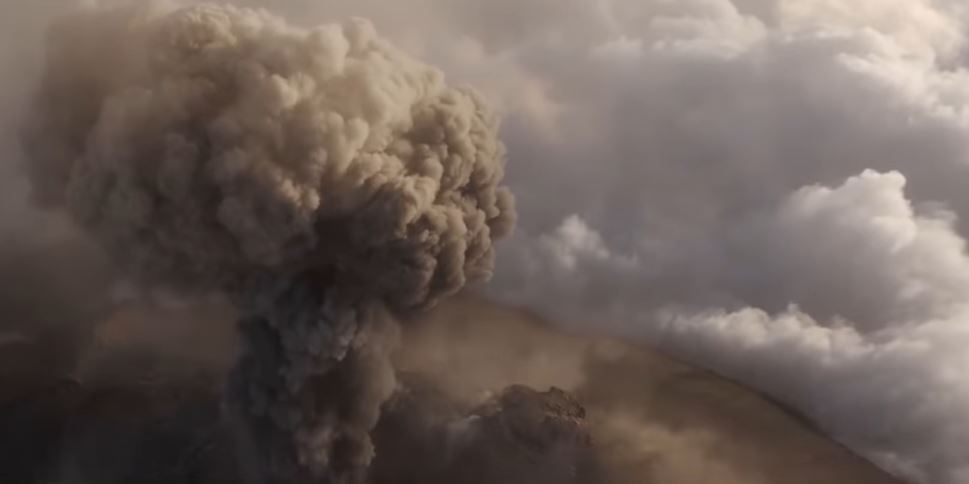
Kathmandu, November 27
A volcano named Hayli Gubbi has erupted in Ethiopia for the first time in 12,000 years. The ash, dust, and sulfur dioxide released from the eruption rose nearly 15 kilometres into the sky.
According to international media, the ash and sulfur dioxide–laden cloud travelled across the Red Sea and spread through Yemen, Oman, India, Nepal, and even China.
The cloud also reached several Indian states located about 4,300 kilometres from Ethiopia, including Rajasthan, Gujarat, Maharashtra, Delhi, and Punjab.
India’s Meteorological Department said the ash cloud had cleared from Tuesday and moved from India towards Nepal’s skies and then into China.
Flights affected in India and other countries

Due to the volcanic cloud and dust particles in the sky, Air India cancelled 11 flights. Experts said the cloud was at a very high altitude, so there was no impact on the daily lives of the public.
There were no human casualties reported from the eruption in Ethiopia. However, Yemen and Oman issued advisories urging their citizens to take precautionary measures.
The ash cloud affected air travel because volcanic ash can damage aircraft engines. Therefore, international aviation protocols required caution, international media reported.
Impact on flights in Nepal
The ash cloud rose as high as 43,000 feet, reaching Nepal’s airspace as well. However, since it remained at a very high altitude, it did not affect people on the ground, according to senior meteorologist Barun Paudel at the Department of Hydrology and Meteorology.
“It was so high that Nepal did not need to give it much importance,” Paudel said. “If it had rained, the acid could have fallen to the ground, but since there was no rainfall, there was no impact.”
However, seven international flights bound for Nepal were halted.
A rare opportunity for scientific research
Scientists say this eruption occurring after thousands of years is one of the most extraordinary events in Ethiopia’s history.
According to Gulf News, the release of a large amount of sulfur dioxide (SO₂) has raised concerns about environmental and health impacts.
Ibrahim Al Jarwan, president of the Emirates Astronomical Society, said the sudden release of high SO₂ levels suggests increased pressure underground.
He noted that magma movement beneath the surface indicates the possibility of another eruption.
“This event is a rare opportunity for scientists,” Al Jarwan said. “After such a long time, they can study the volcano closely through this eruption.”

















